Everything you need to know about LED Lights
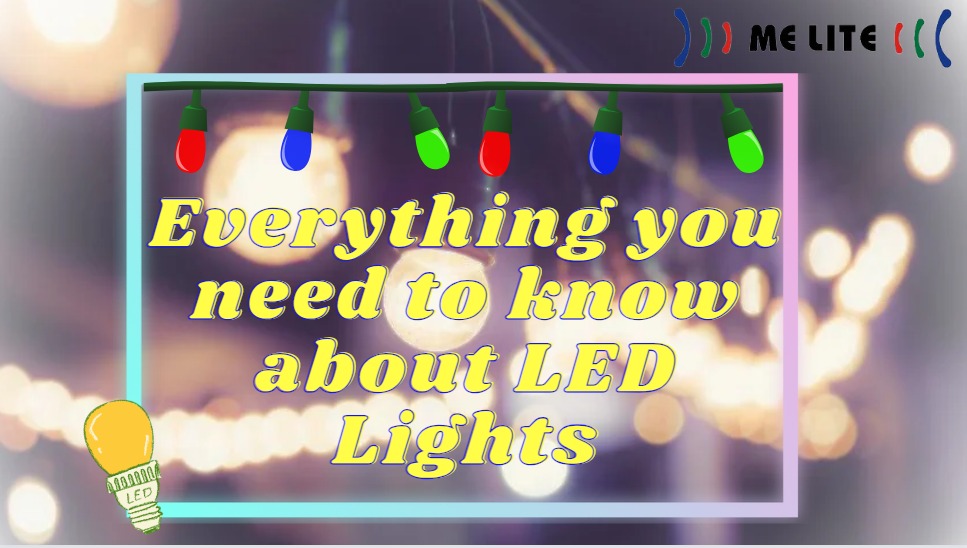
All you need to know about LED lights
As the old Tungsten or incandescents are disappearing from the market today, do you as a consumer feel lost in Lighting Hong Kong? Let us tell you everything you need to know about LED lights.
The incandescent era is dead in Hong Kong, and like it or not, it’s time for Lighting Hong Kong to move on. Traditional incandescent bulbs are over, but they weren’t banned because of the Energy Independence and Security Act (EISA) passed in the US in 2007, which requires them to be about 25% more efficient. This is impossible to achieve without reducing luminous flux (brightness), and instead manufacturers have turned to more energy-efficient technologies such as discharge lamps (CFLs) commonly known as compact fluorescent lamps (CFLs), quartz lamps and LEDs.
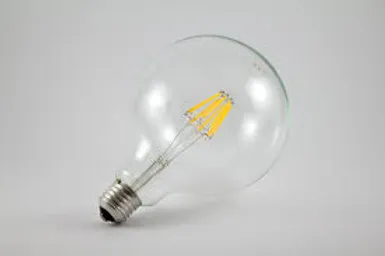
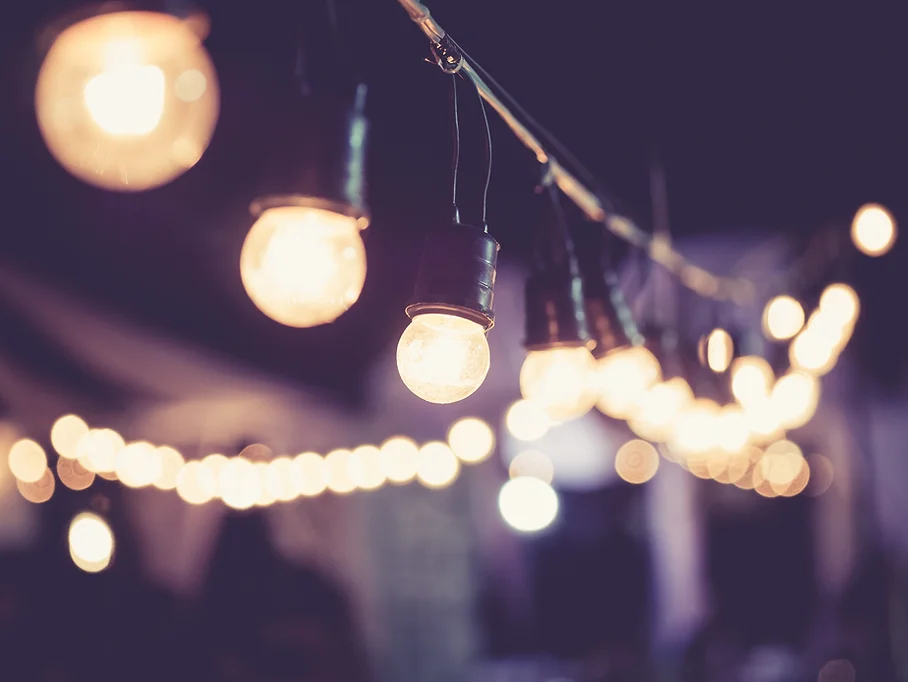
Of course, not everyone has embraced these new-generation light fixtures.
Many people wonder why we need to authorise these new lamps if they are good. The truth is that after more than a century of the old Tungsten or incandescents, we have become subservient to them. They are not only cheap, but also give off a warm and familiar glow. It’s not easy to wean ourselves off them: When the 40- and 60-watt phase-out began in the United States on 1 January 2007, incandescent bulbs were still in use in about half of the country’s 3.2 billion light bulb sockets.
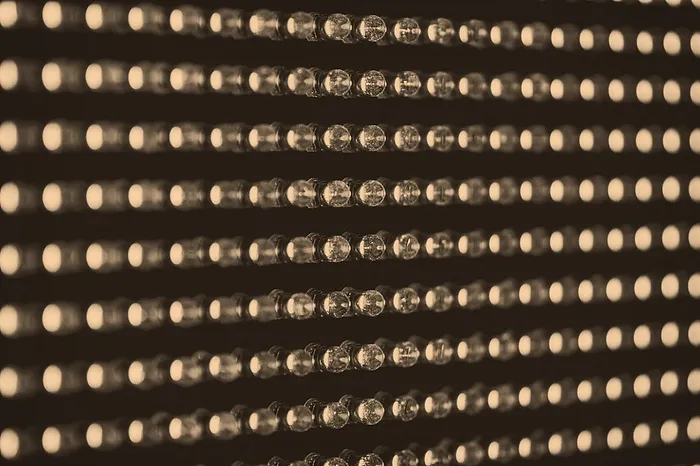
So what now? According to a survey by switch manufacturer Lutron, two-thirds of American adults are unaware of the phase-out, and only one in 10 is “very aware” of the replacement option. Most of us probably buy quartz lamps without noticing. They’re about a dollar each, they’re cheap, and they look, feel, and function almost exactly like traditional incandescent lamps. But they are only about 25 per cent more efficient than traditional incandescent lamps – which is enough to meet EISA standards. But at the same time, the generally unpopular compact fluorescent lamps are steadily losing ground due to their inherent flaws.
The result is LED lighting, the most sustainable and exciting alternative to the old tungsten or incandescents. For new users, they are very efficient: the average efficiency of an LED bulb is 100 lm / w (lumens per watt), compared to about 13 lm / w for incandescent lamps and 18 lm / w for halogen lamps. Of course, LED lamps have their drawbacks: buying an LED bulb isn’t as straightforward as buying an incandescent bulb from a shop down the street and the up-front costs are high. But once you understand the technology and unrivalled versatility that LEDs offer, you can see that the demise of the incandescent lamp is actually an opportunity. Below we hope to address your concerns and help you navigate the dizzying array of options.
Aren’t LED lights expensive?
The days of HK$200 a LED bulb are over. As demand has increased, manufacturing has become smoother and costs have fallen dramatically, with prices dropping to under HK$50. Of course, there is still a long way to go before we reach 50% of the incandescent market. But users need to take into account that LED bulbs consume only one-sixth of the energy of incandescent lamps and last up to 25 times longer than incandescent lamps. Replacing a 60-watt incandescent bulb with an LED bulb will save up to HK$1,000 in energy costs over the lifetime of the LED bulb. If an average household replaces all incandescent lamps with LED bulbs, the annual energy cost can be reduced by about HK$1,200/year.

What else do I need to be aware of?
Today, all light bulbs are packaged with an illumination label that allows you to compare similar light bulbs without relying on wattage as the only indicator of performance. It provides information about the bulb’s brightness (measured in lumens); annual electricity cost (based on 3 hours of use per day); life expectancy (in years); luminosity or colour temperature, measured in Kelvins (K); and energy consumed (watts). Remember: The wattage of an LED bulb does not indicate its brightness, its lumens do. A 6-watt LED bulb provides about 800 lumens, about the same as a 60-watt incandescent lamp.
You may see different labels. Confusingly, it’s also called Lighting Facts, but it actually favours retailers more than consumers. Some labels don’t list the estimated annual cost or life expectancy of the bulb, but they do provide accurate information about the colour of the bulb (more on that later).
I miss the warm glow
The higher the colour temperature of the bulb, the cooler the light. A candle has a luminosity of about 1500K colour temperature. Those nasty compact fluorescent lamps run at around 4500K. LED bulbs, which are used as replacements for incandescent lamps, usually have a colour temperature of 2700K, which is equivalent to a typical warm-white incandescent lamp.
But that’s only part of the story. The quality of a light bulb also depends on its colour accuracy, known as the colour rendering index (CRI). The higher the CRI of a light bulb, the closer the colours displayed will be to the real thing. Incandescent lamps have a CRI of around 100, but most compact fluorescent lamps and LED bulbs have a CRI of around 80s. According to a recent study, only a few LED bulbs have a CRI of 90s, but this improves over time. Please note that the colour rendering index (CRI) is not always listed on the packaging, so you may need to search for the information on the manufacturer’s website.
These bulbs are dimmable, right?
LED bulbs are sold as “dimmable” and can cope with most newer switching systems. The best dimming is around 5%. If you need to make sure that the LED bulb you buy is certified and will work with your switching system, you can check the manufacturer’s website for a list of compatible dimmers.
If you need to install a new switching system, please purchase a product specifically designed for use with LED bulbs, such as ME LITE’s Dimmable LED MR16 Spot Light or its T5/T8 Smart E Series.
The new switching systems are not as large as the old dimmers, but they can be. A word of caution: sometimes these new switches are larger than the old dimmers. In most cases, this should not be a problem, but if your electrical box is overcrowded, it may need to be upgraded to accommodate the new dimmer.
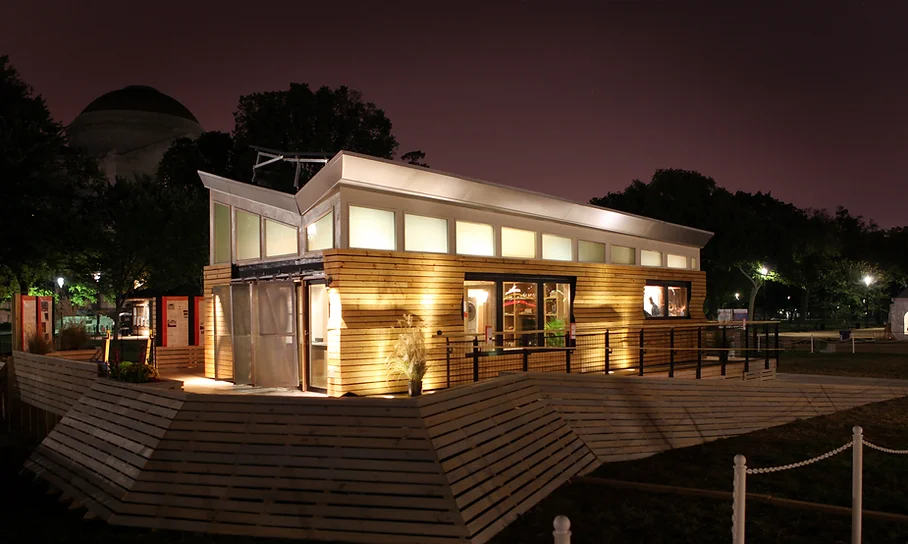
Where can I use LED lights?
Most household LED bulbs are familiar size standards for A19 shaped bulbs. Some have bulky, newer heat sinks; some manufacturers have incorporated these essential parts more elegantly into their products. In the so-called snow cone design, one heat sink occupies the entire lower half of the bulb. These lamps can only emit directional light, which is acceptable in suspended luminaires, but creates unwanted shadows when installed in table lamps with shades. For this you will need an omni-directional bulb, so please check the packaging before purchasing. Ready for full adoption? You can find LEDs in floodlight, spotlight and recessed lighting formats and even in the flat panel design format of the Pixi system.
Now surprise me even more!
Wi-Fi connected LED bulbs can be operated from a smartphone. Going further, some platforms combine red, green, blue and sometimes white LEDs to produce millions of colours, from bright purple to daylight white. Most offer standalone plug-and-play functionality, so you don’t need to buy a larger connection system. Integrating them into one system allows their colours to automatically adjust to the weather, time of day or which sports team is winning.
ME Lite – a Hong Kong brand, develops and produces more than 300 high quality LED products including T5 LED tubes in its own factory, providing the most suitable LED lighting solutions for large and small businesses, one-stop installation, maintenance and follow-up services.
Official Website:https://www.meproducts.com.hk/
Address: Flat E, 5/F, Wang Yip Industrial Centre, 18 Wang Yip Street East, Yuen Long, N.T., H.K.
Telephone:(852) 2477 2911
Fax:(852) 2477 2921
Email:info@meproducts.com.hk

